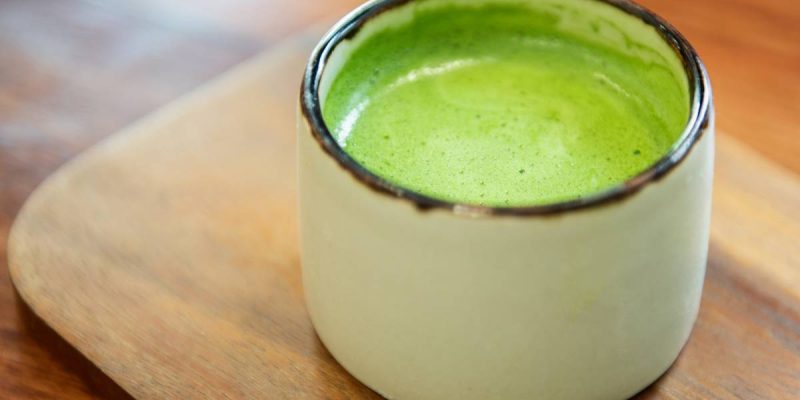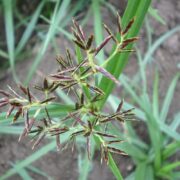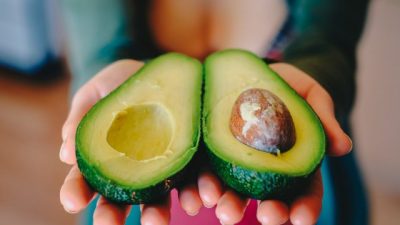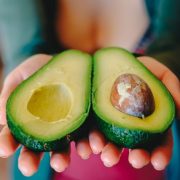It’s tea time! Tea has been a staple in cultures around the world for centuries, offering an array of health benefits and a soothing experience. Among the most popular varieties, matcha and green tea often find themselves at the forefront of discussions on health and wellness.
While they may appear similar, matcha and green tea have distinct differences that set them apart in terms of production, preparation, and nutritional benefits.
In this article, we’ll explore how matcha differs from green tea and whether it’s good for you.
What Is Green Tea?
Green tea is one of the most consumed teas globally, revered for its mild flavour and health benefits. It comes from the Camellia sinensis plant, the same plant that produces black tea and oolong tea. The leaves for green tea are harvested and quickly heated—either by steaming or pan-frying—to prevent oxidation. This process preserves the tea’s green colour and maintains its fresh, grassy flavour profile.
There are various types of green tea, including:
- Sencha: A common variety with a bright, slightly sweet taste.
- Gyokuro: A shaded green tea with a rich umami flavour.
- Longjing (Dragon Well): A pan-fried Chinese green tea with a nutty aroma.
What Is Matcha?
Matcha is a powdered form of green tea, but its production process is what makes it unique. Like green tea, matcha is derived from the Camellia sinensis plant. However, the plants destined for matcha are grown differently.
The tea bushes are shaded about three weeks before harvest to limit sunlight. This boosts chlorophyll production and increases the leaves’ amino acid content, giving matcha its vibrant green colour and distinctive umami flavour.
After harvesting, the leaves are steamed, dried, and stripped of stems and veins. The remaining leaf material, called “tencha,” is stone-ground into a fine powder—the matcha we know and love.
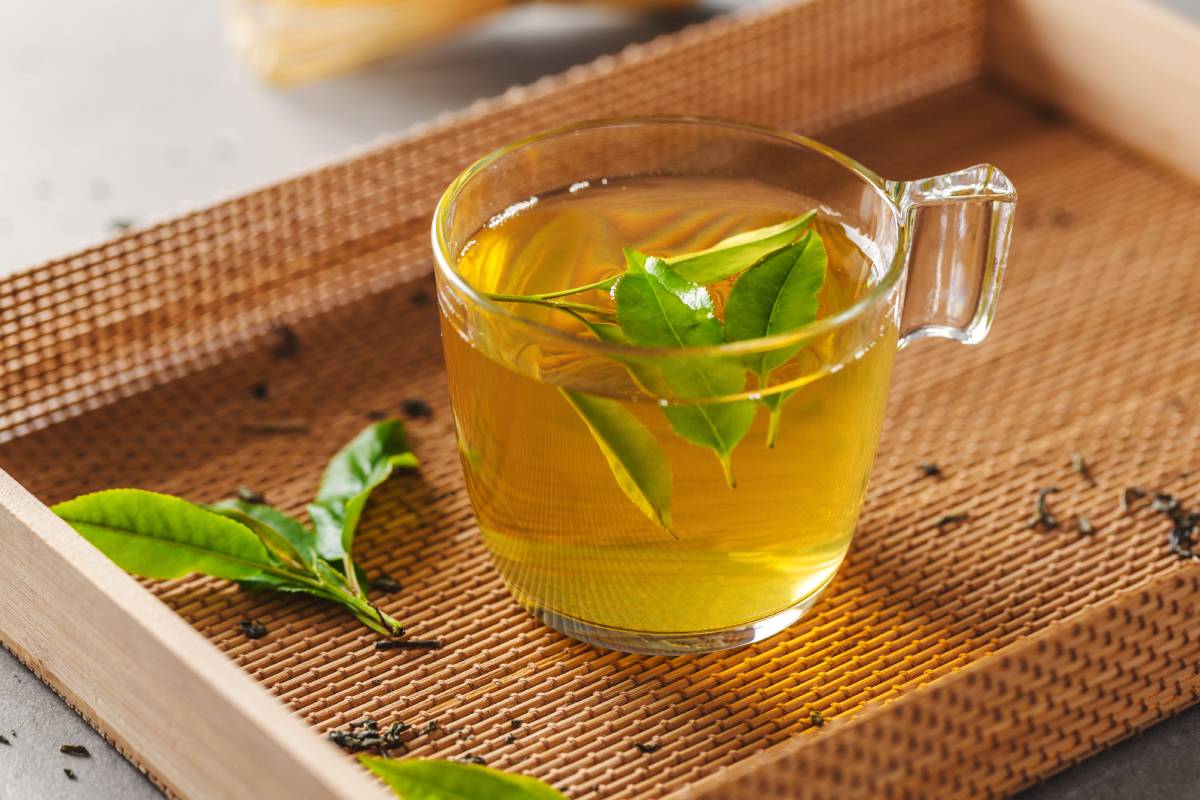
Key Differences Between Matcha and Green Tea
1. Preparation
Green tea is typically brewed by steeping whole tea leaves in hot water. The leaves are then removed, leaving only the infused liquid.
Matcha, on the other hand, is prepared by whisking the powder directly into hot water, creating a frothy beverage. With matcha, you’re consuming the entire tea leaf, rather than just the infusion, which makes it more concentrated in nutrients.
2. Appearance and Flavor
- Green Tea: Pale green or yellowish liquid with a light, slightly grassy taste.
- Matcha: Bright green, opaque liquid with a rich, creamy texture and a more robust, umami flavour.
3. Nutritional Content
Because matcha involves consuming the whole leaf, it offers higher levels of nutrients compared to traditionally brewed green tea. This includes more antioxidants, caffeine, and amino acids.
Health Benefits of Matcha and Green Tea
Both matcha and green tea boast numerous health benefits, primarily due to their high levels of antioxidants and other bioactive compounds. Let’s delve into what makes them good for you.
1. Rich in Antioxidants
The antioxidants in green tea and matcha—especially catechins like epigallocatechin gallate (EGCG)—are known to combat oxidative stress in the body, which can reduce the risk of chronic diseases such as heart disease and cancer.
- Green Tea: While rich in antioxidants, the levels are lower compared to matcha.
- Matcha: Contains up to 137 times more EGCG than some types of green tea due to its concentrated nature.
2. Boosts Metabolism and Fat Burning
Green tea is often associated with weight management, and matcha takes it a step further. Studies suggest that the catechins in both can increase calorie burning and fat oxidation.
3. Enhances Mental Clarity and Focus
Both green tea and matcha contain caffeine, but in moderate amounts that don’t cause the jitters associated with coffee. Matcha also contains L-theanine, an amino acid that promotes relaxation while enhancing focus and alertness. The combination of caffeine and L-theanine in matcha provides a calm, sustained energy boost.
4. Supports Heart Health
The regular consumption of green tea and matcha has been linked to improved heart health. Their antioxidant content can lower bad cholesterol levels (LDL) and reduce blood pressure, thereby supporting overall cardiovascular health.
5. Detoxifying Properties
Matcha is often celebrated for its detoxifying properties, largely thanks to its chlorophyll content. Chlorophyll helps the body eliminate toxins and heavy metals, offering an additional layer of health benefits.
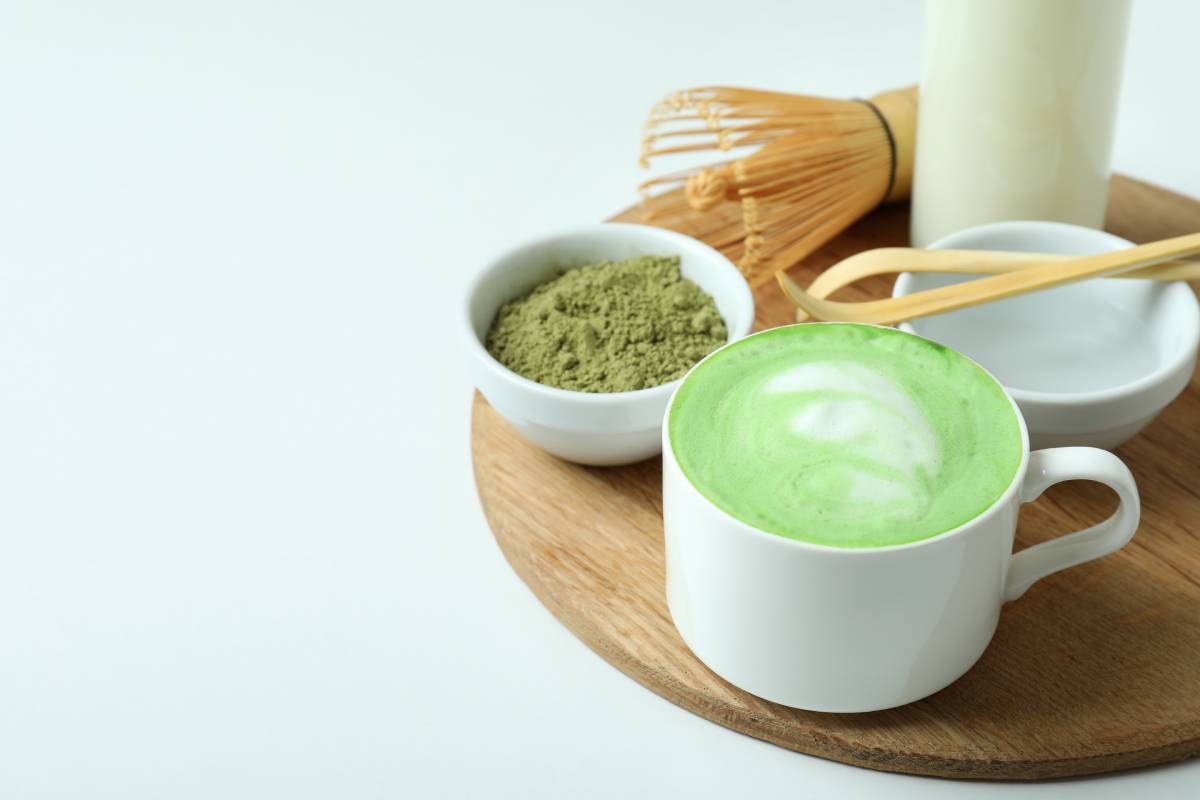
Potential Downsides to Consider
While matcha and green tea are generally safe for most people, there are a few considerations to keep in mind:
- Caffeine Sensitivity: Both contain caffeine, with matcha having a higher concentration. If you’re sensitive to caffeine, consuming too much matcha may cause insomnia, jitteriness, or an upset stomach.
- Quality Matters: Low-quality matcha may contain contaminants like lead or pesticides. Always opt for high-quality, organic matcha.
- Tannin Content: The tannins in green tea and matcha can interfere with iron absorption if consumed in large quantities, so moderation is key.
Which Is Better for You?
Choosing between matcha and green tea depends on your health goals and personal preferences. If you’re looking for a gentle, everyday tea with mild benefits, green tea is an excellent choice.
However, if you’re after a concentrated source of antioxidants and a potent energy boost, matcha is the superior option.
Here’s a quick comparison:
- Best for Antioxidants: Matcha
- Best for Relaxation: Matcha (thanks to L-theanine)
- Best for a Mild, Calming Tea: Green Tea
- Best for Versatility: Matcha (can be used in lattes, smoothies, and desserts)
How to Incorporate Matcha and Green Tea Into Your Diet
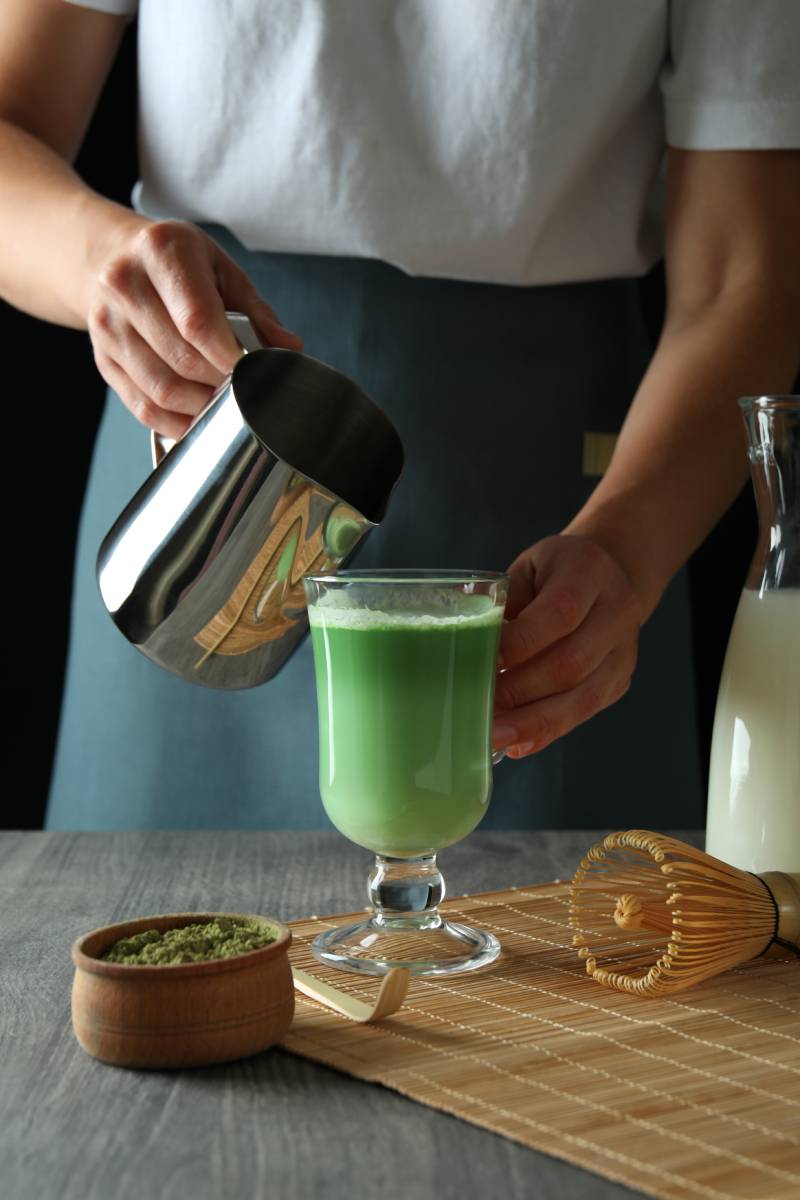
Both matcha and green tea are versatile and can be enjoyed in various ways:
- Traditional Tea: Brew green tea or whisk matcha powder with hot water for a classic experience.
- Lattes: Combine matcha powder with steamed milk and a sweetener for a creamy latte.
- Smoothies: Add a teaspoon of matcha powder to your favourite smoothie recipe for an antioxidant boost.
- Baking: Use green tea or matcha powder to flavour cookies, cakes, or muffins.
Final Thoughts
Matcha and green tea, while derived from the same plant, offer unique experiences and health benefits. Matcha’s concentrated nutrients and versatility make it a powerhouse addition to any diet, while green tea remains a soothing, antioxidant-rich beverage suitable for daily consumption. Both are excellent choices for improving overall health and well-being, so why not enjoy the best of both worlds?
Whether you’re sipping on a warm cup of green tea or indulging in a creamy matcha latte, you’re making a choice that’s good for your body and mind.

